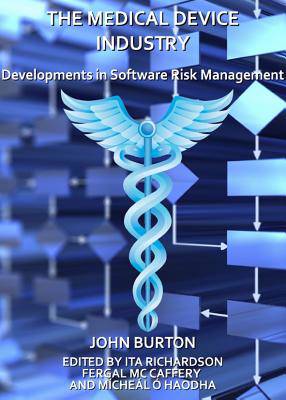
- Afhalen na 1 uur in een winkel met voorraad
- Gratis thuislevering in België vanaf € 30
- Ruim aanbod met 7 miljoen producten
- Afhalen na 1 uur in een winkel met voorraad
- Gratis thuislevering in België vanaf € 30
- Ruim aanbod met 7 miljoen producten
Zoeken
€ 115,45
+ 230 punten
Omschrijving
The Medical Device industry is one of the fastest growing industries in the world. Device manufacturers are producing increasingly sophisticated and complex medical device software to differentiate themselves in the battle for dominance in this sector. The increase in the complexity of medical device software has introduced new challenges with respect to making medical devices and their associated software safe. Risk management has emerged as key in addressing these challenges. Existing literature on risk management for medical devices has been slow to adequately account for the complex nature of software in modern medical devices. Conversely, excellent progress has been made in the broader Software Engineering community with the production of holistic software risk based models such as the Capability Maturity Model Integration (CMMI) and SPICEO. However, these models do not account for medical device specific requirements. This book examines the possibility of a unified approach whilst investigating the relevance of the CMMI SPI model to the medical device regulatory requirements.
Specificaties
Betrokkenen
- Auteur(s):
- Uitgeverij:
Inhoud
- Aantal bladzijden:
- 200
- Taal:
- Engels
Eigenschappen
- Productcode (EAN):
- 9781443805612
- Verschijningsdatum:
- 1/06/2009
- Uitvoering:
- Hardcover
- Formaat:
- Ongenaaid / garenloos gebonden
- Afmetingen:
- 152 mm x 211 mm
- Gewicht:
- 408 g

Alleen bij Standaard Boekhandel
+ 230 punten op je klantenkaart van Standaard Boekhandel
Beoordelingen
We publiceren alleen reviews die voldoen aan de voorwaarden voor reviews. Bekijk onze voorwaarden voor reviews.








